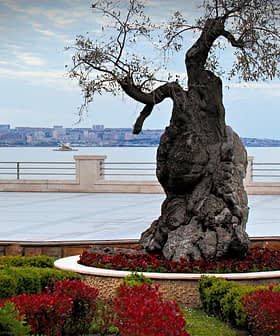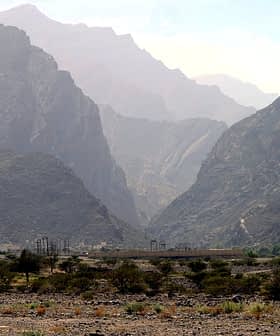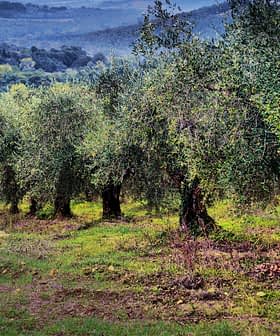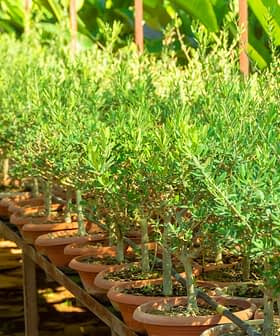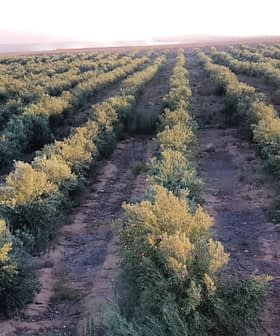February was one of the warmest on record in Oregon, appropriate for the end of an unseasonably dry, balmy winter. Everywhere the Willamette Valley farm crops have started to bud out, ready in the next couple of weeks to burst forth in the full regalia of spring.
Those gathered at the 2015 Pacific Northwest Cool Climate Extra Virgin Olive Oil Conference represented a new branch of a burgeoning industry. Scientists rubbed elbows with hobbyists, renowned food writers and local restaurateurs.
Among the group was an entrepreneurial couple from South Florida interested in opening a commercial mill. They’re part of a growing culture of enthusiasts willing to think outside the box about where olive oil comes from and where it’s eventually going.
Host Oregon Olive Mill split their conference over two days. The Saturday focus was on technical and agricultural topics while Sunday’s talks took a look at consumer and trade aspects of the business.
Conference host, Paul Durant, teamed with Tom Vail of Calamity Hill (based in nearby Amity, Oregon) to lead a discussion centered on the condition of their olive trees after the much colder winter of 2013 – 14 and the oil production that came as a result.
Contrasting that view on the perils of working with new olive trees, writer and food expert, Nancy Harmon Jenkins (author of the book, Virgin Territory: Exploring the World Of Olive Oil) delivered a disquieting presentation, titled Falling Giants, which looked at the diseases killing off millennial trees in Puglia, and the prospects for other venerable groves in Italy, Spain, Greece, Portugal and France.
Taken in tandem, the presentations served as a reminder that regardless of climate and legacy, olive groves, and extra virgin olive oil are still the products of a delicate agricultural balance.
Still, in spite of those difficulties, Michael Pierce, founder of the Saturna Olive Consortium, followed up lunch with an inspiring look at his pioneering efforts to push the limits of the olive tree even further north than the forty-fifth parallel to the rain soaked gulf islands of southern British Columbia.
Discussions centered on consumer awareness, attempting to answer the very difficult question of how to foster an understanding of olive oil culture. Portland doctor Miles Hassell MD, co-author of Good Food, Great Medicine, a guide to better living through diet, spoke on where he (and science, in general) believes olive oil fit into the spectrum of optimal health and our collective goal of longevity.
From transparency and labeling to the elusive goal of product authenticity, it was clear that the assembled participants stand at the forefront of whatever that next great leap in cool climate olive oil might take in this new, more product conscious generation.
As Libby Clow, Oregon Olive Mill program ambassador, led a group tasting of a few exceptional and rare Italian varietals (many not even available for purchase in the United States), the consensus among the tantalized palates seemed abundantly clear. The crucial jumping off point for the next evolution would be the same as that which inspired the notion of planting new olive groves in unconventional locations: passion fused with tireless, pioneering enthusiasm.

